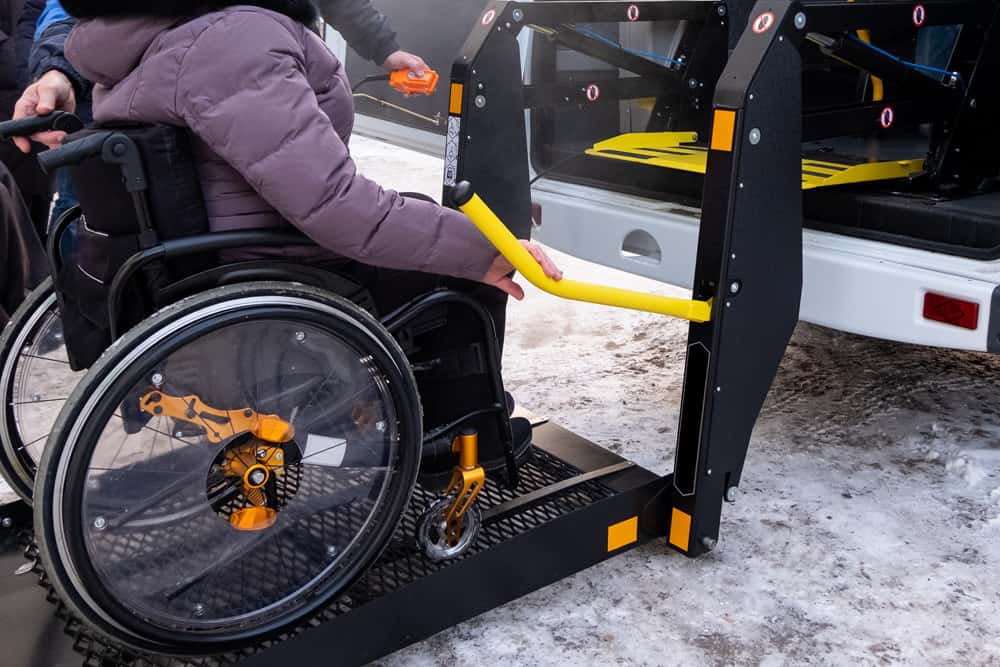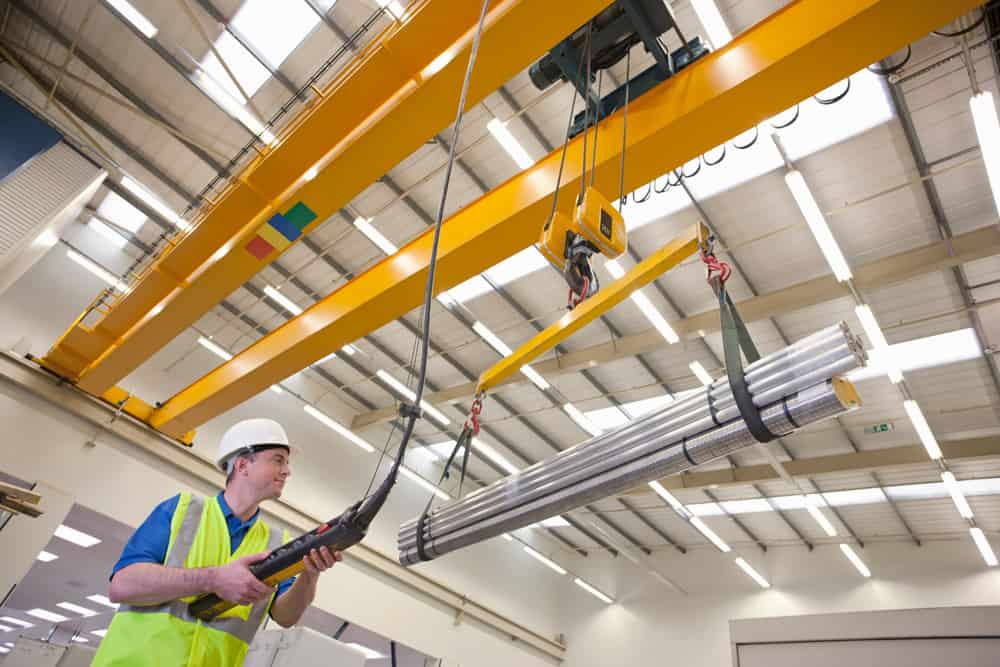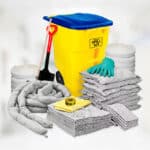
All employers in the UK are required by law to eliminate or minimise the risks associated with manual handling tasks. This often means providing employees with manual handling equipment or mechanical aids that they can use to move objects, to reduce the risk of harm to themselves.
Employers and managers need to understand what types of manual handling equipment are best suited for use in the workplace. Employers must also be aware of the health and safety legislation that applies to the use of dedicated equipment for manual handling. Using the right equipment for manual handling, in the right way, will help your employees to stay safe and ensure that your business complies with the law.
What Occupations Use Equipment for Manual Handling?
Most occupations require employees to complete tasks that involve manual handling. In some cases, these tasks require the use of specialised equipment for manual handling for them to be carried out safely. Any workplace where heavy or awkward loads must be moved or shifted regularly may require the use of equipment.
Manual handling equipment is often used in workplaces such as:
- Hospitals
- Care homes
- Warehouses
- Ports
- Factories
- Nurseries and garden centres
- Mechanical workshops
Manual Handling Training
Our Manual Handling training course helps users ensure that they are sufficiently trained in the principles and practices of safe manual handling to control and minimise manual handling-related injuries and to ensure a safe workplace for all.
Why Use Manual Handling Equipment?
Using manual handling equipment can improve employee productivity because tasks can be completed more efficiently. The use of equipment also drastically reduces the likelihood of injury and, if used properly, can prevent accidents from occurring.
Employers should take careful note of their responsibilities and obligations under the Manual Handling Operations Regulations 1992. This legislation specifically states that employers have a duty to assess all risks associated with manual handling tasks in the workplace and then put in place measures to eliminate or minimise these risks. If a manual handling task cannot be avoided, then providing employees with the correct equipment for manual handling may be the best way to mitigate risk.
Common Manual Handling Equipment Names in the Workplace
The types of manual handling equipment used will vary greatly depending on the nature of the workplace environment and the tasks employees are required to undertake. MHE names may therefore differ depending on the industry.
Healthcare facilities such as aged care homes or hospitals will require different and more specialised equipment than warehouses or factories, for example. Examples of equipment commonly found in the healthcare industry include:
- Hoists designed to raise people from bed or the floor
- Bath hoists and bath lifts
- Slide sheets
- Slings
- Transfer boards
- Turntables
- Wheelchairs
- Handling belts
- Lifting cushions
- Bed levers

Examples of manual handling equipment commonly found in warehouses and factories include:
- Hand trolleys and hand trucks
- Lift tables
- Stackers
- Pallet trucks
- Height-adjustable and self-levelling carts
- Suction lifters
- Gravity conveyors
- Hoists
- Barrows
- Winches

How to Choose the Right Manual Handling Equipment for Your Workplace
Choosing the correct manual handling equipment requires careful consideration of several factors. Most importantly, the nature of the loads that must be handled must be considered. A piece of equipment that is suitable to move people or animals is highly specialised and may be classified as a medical device, for example.
Other factors to keep in mind when selecting manual handling equipment include:
- Work environment
- Stability of the load
- Characteristics of the employee
- How often the task must be repeated
How Often Should Manual Handling Equipment be Inspected?
All manual handling equipment that is used in the workplace is required by law to be kept in good working condition and be fit for purpose. MHE must also be used only for its intended function in the manner described by the manufacturer.
Regular inspections should be carried out to make certain that the equipment used in a workplace is working correctly and is safe to use. These inspections should be carried out at least once a year by a so-called ‘competent person’. A competent person is defined by the Health and Safety Executive (HSE) as ‘someone who has sufficient training and experience or knowledge’.
A record of all inspections and their findings should be kept in the workplace. Details of any repair or maintenance work that is carried out must also be recorded. It is worth noting that if the user manual provided by the manufacturer recommends that inspections take place on a more frequent basis than once a year, then this stipulation must be adhered to.
Failure to keep the manual handling equipment in your workplace in good working condition, or using it for purposes other than intended, can be considered a breach of health and safety legislation. If you are found guilty of breaching health and safety laws, then you could be required to pay significant financial penalties and may even face criminal charges.
Relevant UK Legislation Surrounding Manual Handling Equipment
The two main pieces of legislation surrounding manual handling at work are the Health and Safety at Work Act 1974, which deals with general health and safety matters, and the Manual Handling Operations Regulations 1992, which specifically deals with manual handling.
The use of manual handling equipment in the workplace is governed by the guidelines outlined in the Provision and Use of Work Equipment Regulations 1998 (PUWER) and the Lifting Operations and Lifting Equipment Regulations 1998 (LOLER). You can learn more about these regulations in a previous article.
Some manual handling equipment may also be subject to rules as outlined in the Supply of Machinery (Safety) Regulations 2008.
In most cases, the use of equipment in the workplace is overseen by the HSE. However, if a piece of manual handling equipment is designated as a medical device, then it falls under the jurisdiction of the Medicines and Healthcare Products Regulatory Agency (MHRA).
How to Access Online Training
Providing your employees with relevant training is one of the best ways to make sure you avoid breaching health and safety laws. Health and safety training will also help you to improve staff morale and confidence and can raise productivity levels in the workplace.
Human Focus offers a wide range of manual handling courses. All of the courses can be taken in segments online and are recognised by health and safety authorities. Trainees who successfully complete a course will be awarded a downloadable certificate.
The Human Focus provides handling courses that is useful and relevant to employees in a variety of industries, including construction, warehousing and offices. Sign up for a Human Focus course today and start building a safer, happier workplace!





















